Ansel Adams said: “Landscape photography is the supreme test of the photographer – and often the supreme disappointment”. But how to avoid disappointment and make beautiful landscape photos? Everything seems to be easy. If you see a nice picture – push the button of your camera. However, in this case, you will get an emotionless photo. It won’t express your thoughts, feelings and attitude to what you see. Before making a photo, you need to hear “the voice of the landscape”. Only then your photos will be unique and will stand out from thousands of other shots. In this article, we will try to gather some important landscape photography tips on how to reach great results, while making photos of nature.
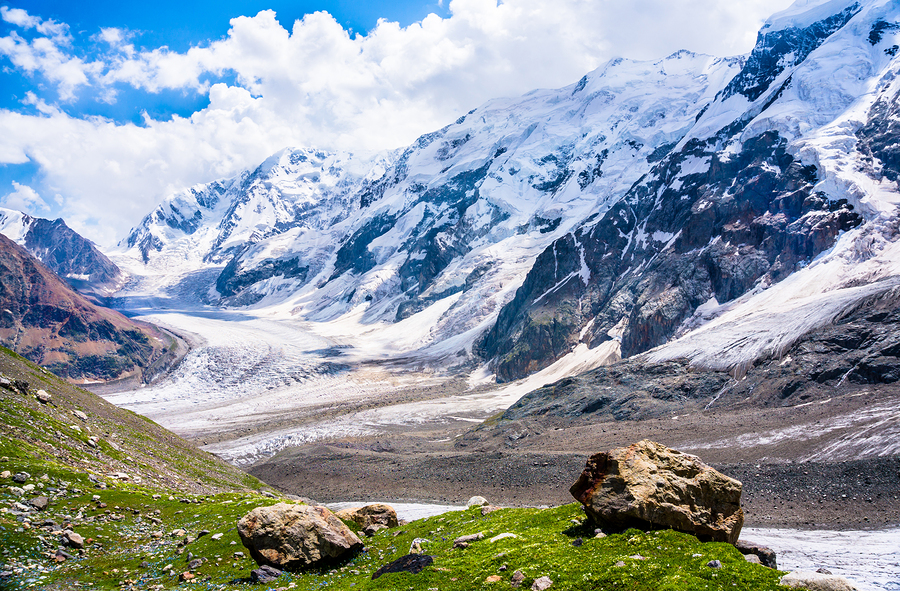
Landscape Photography: Tips on How to Make Breathtaking Nature Photos
If you are a professional Landscape Photographer, become a contributor on printmeposter.com site and earn extra money.
Prepare for photo shooting beforehand. It may sound strange but the work at the creation of beautiful nature photos starts long before pushing the button on your camera. Everything starts with the trip planning. Wherever you are going to photograph, gather as much information about this place as possible. Analyze satellite images and topographic maps, find photos of those places made by other people, even if they are made with the help of a mobile phone. That will help you to imagine the place of the future shooting and help you to discover the peculiarities of the locality.
Wake up early. Dawn is always amazing. One never knows what he or she will see, while waiting in the darkness. It’s like photo hunting: you can make a photo, you have dreamt about for a while, or shoot nothing. Follow the weather forecast and if a night is very cold, in the morning you will be able to catch very unusual clouds and a couple of effects, which will disappear before the rest of the world wakes up.
Bad weather? That’s wonderful! Clouds and rains can hardly be called good weather. However, they provide with much more opportunities than a cloudless day. You need to be patient and optimistic in a travel on a rainy day. However, you will be rewarded. The photos of sea storms, lightning and rains look very dynamic and realistic.
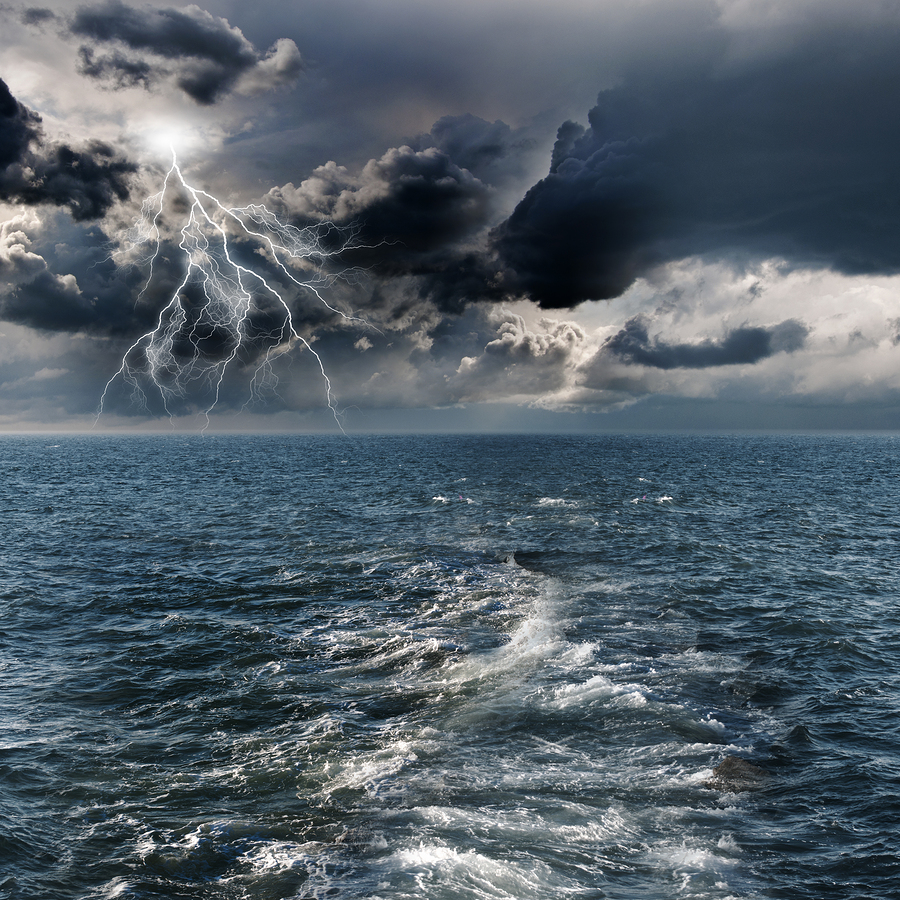
Lightning Over Stormy Sea
Come back to the same place. Luck plays a great role in landscape photography. If you find a place, which has good potential, come back there again and again. You will almost certainly manage to make better photos than the previous time.
The landscape must be “speaking”. You will need some time to understand the landscape. It’s necessary to stand and watch how the light changes its outlines and forms. The sun is moving and thus, the nature starts to look differently. The light provides landscape with mood and emotions while the land is a canvas, which is used for sun artworks.
Don’t edit too much. There are thousands of photos on Internet, made with the help of various filters and edited so much that the water looks like smooth silk. Why don’t you allow nature to speak for itself? It can do it brilliantly without any filters and effects. Editing a photo looks as if you try to decide how a landscape must look. You tell a story, which doesn’t exist and leaves a viewer indifferent. A landscape poster needs to invite us to investigate and consider, it needs to appeal to our thoughts.
Use a tripod. Tripod is an obligatory attribute in the arsenal of a landscape photographer. You will possibly need the duration of the exposure and the additional stabilization of camera is necessary for it. It’s not always possible to make good photos without a tripod.
Try to shoot from a low position. If you find an interesting foreground (for example, flowers, stones or fallen leaves), try to make a shot from a low position. It will help you to emphasize attention on the foreground and make a photo more expressive.
Depth of field. In a landscape poster, all the sectors must be sharp – from the grass in the forefront to the mountain peaks in the background. In order to provide the necessary depth of field, photographers usually use rather big f-number: from f/8 to f/16. The bigger f-number, the greater depth of field. However, you need to remember that while using big f-numbers (from f/16 and more) the sharpness can be lower because of diffraction.
Dynamic range. Dynamic range is the luminance range of a scene being photographed. While making photos of dawns and sunsets, a camera may fail to cope with the big dynamic range and, as a result, white overexposure and black underexposure can appear on photos. The easiest way to avoid such problems is not to make photos against backlight. For example, instead of making a photo of sunset, turn your camera 90 degrees and try to make photos of the mountains lit by the last rays of the sun.
Volume. A good landscape needs to have volume. Our eyes always see a volumetric image because we have two eyes while cameras have only one and in order to make the image volumetric, a photographer needs to make efforts. The effect of volume is created with the help of tonal and spatial perspective. It can be intensified by light. The biggest volume can be reached by side lighting and backlighting of the landscape. Try to choose the place of photo shooting in such a way that the photo has both foreground and background. It’s great if you have a smooth transition between the grounds, for example, a river, which flows from the back to the forefront.
Be patient. Beautiful natural lighting happens not very often and you’ll have to wait for it. There are no pieces of advice, which will help you to make dozens of breathtaking landscape posters in a month. Even the most experienced nature photographers spend several days to make one beautiful shot.
However, it’s not obligatory to follow all the above-stated recommendations. Remember that the best photographers break all the well-established rules. To sum it up, we can say that the most important is to decide what’s interesting for you in this particular landscape and make a photo in such a way that it will tell a viewer what you have been thinking about while shooting.
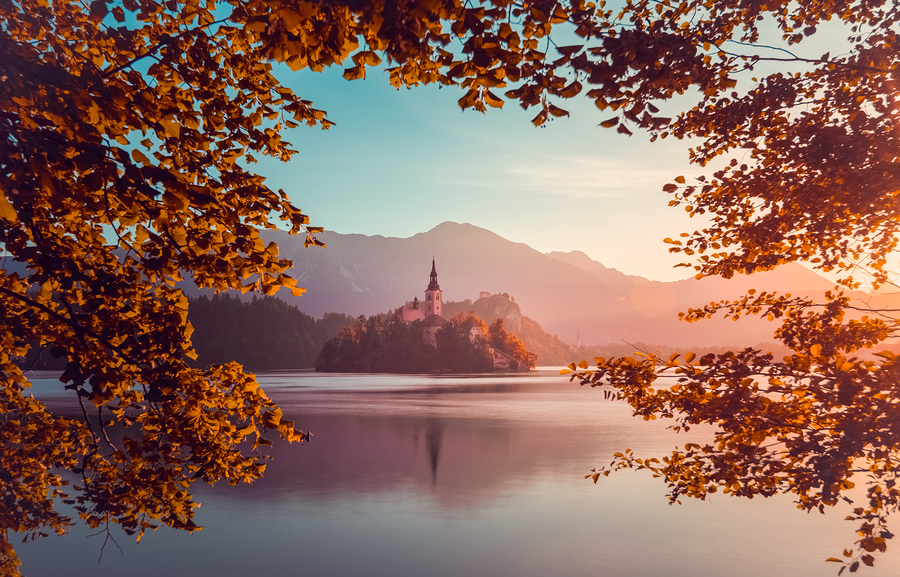
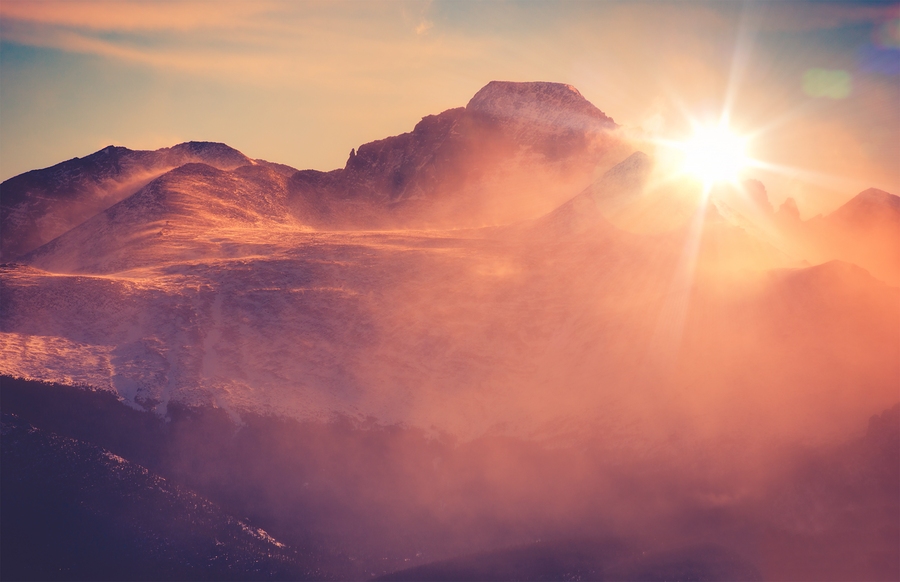
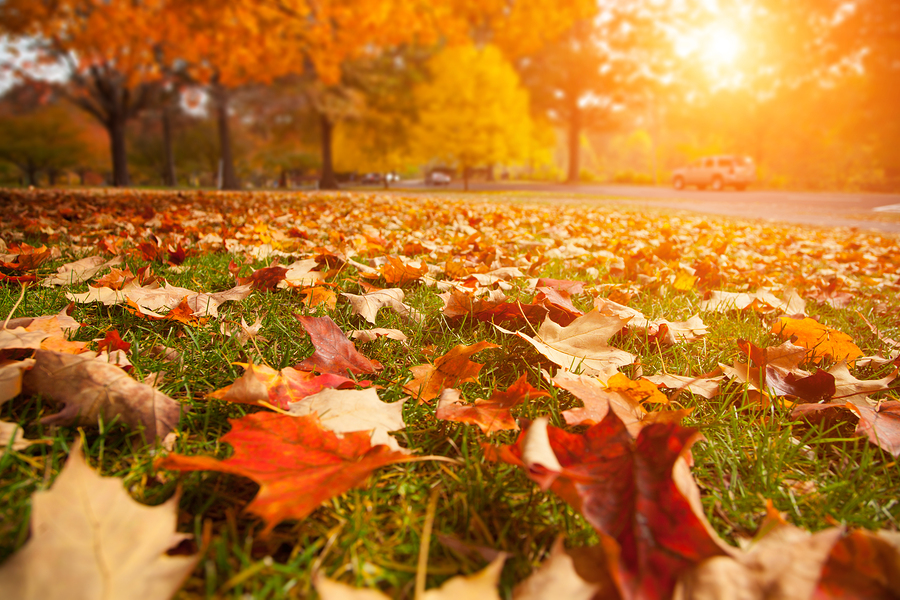
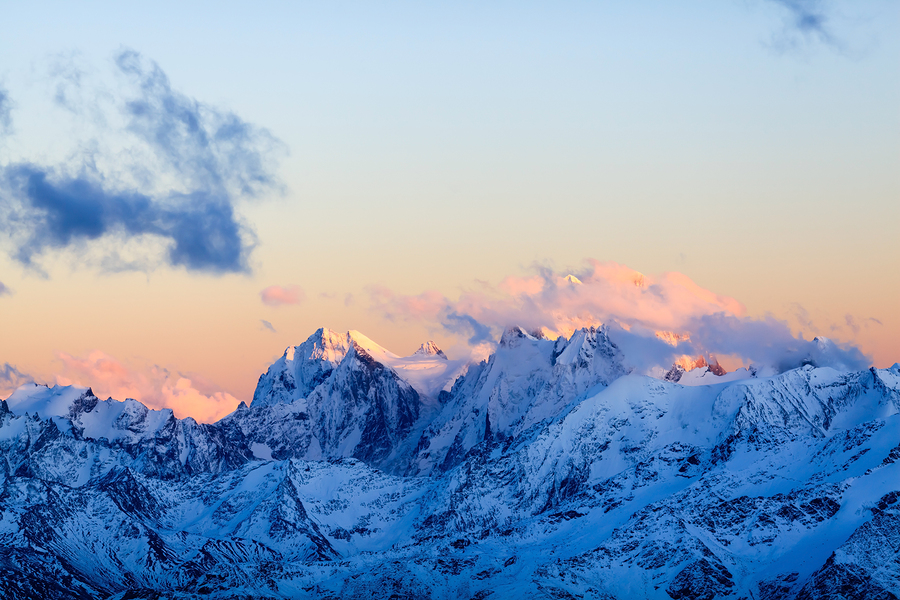
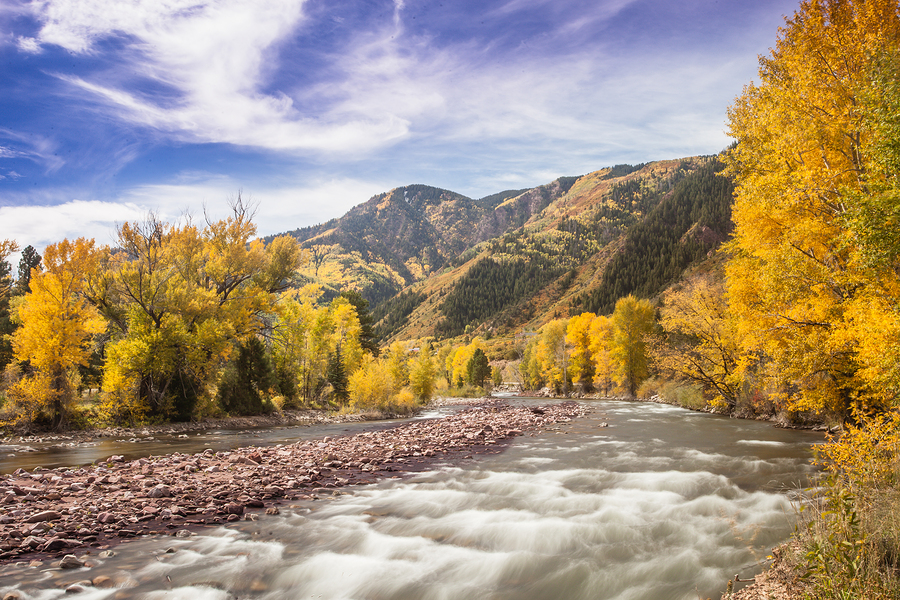
Leave a Reply